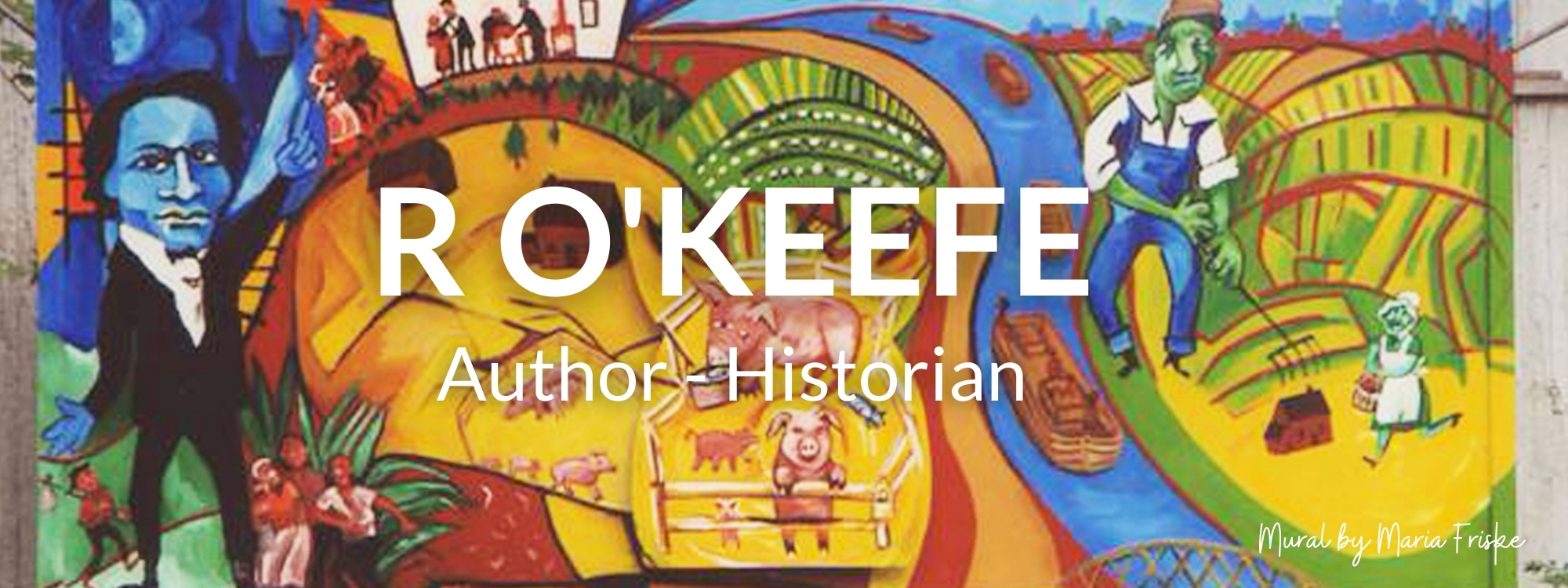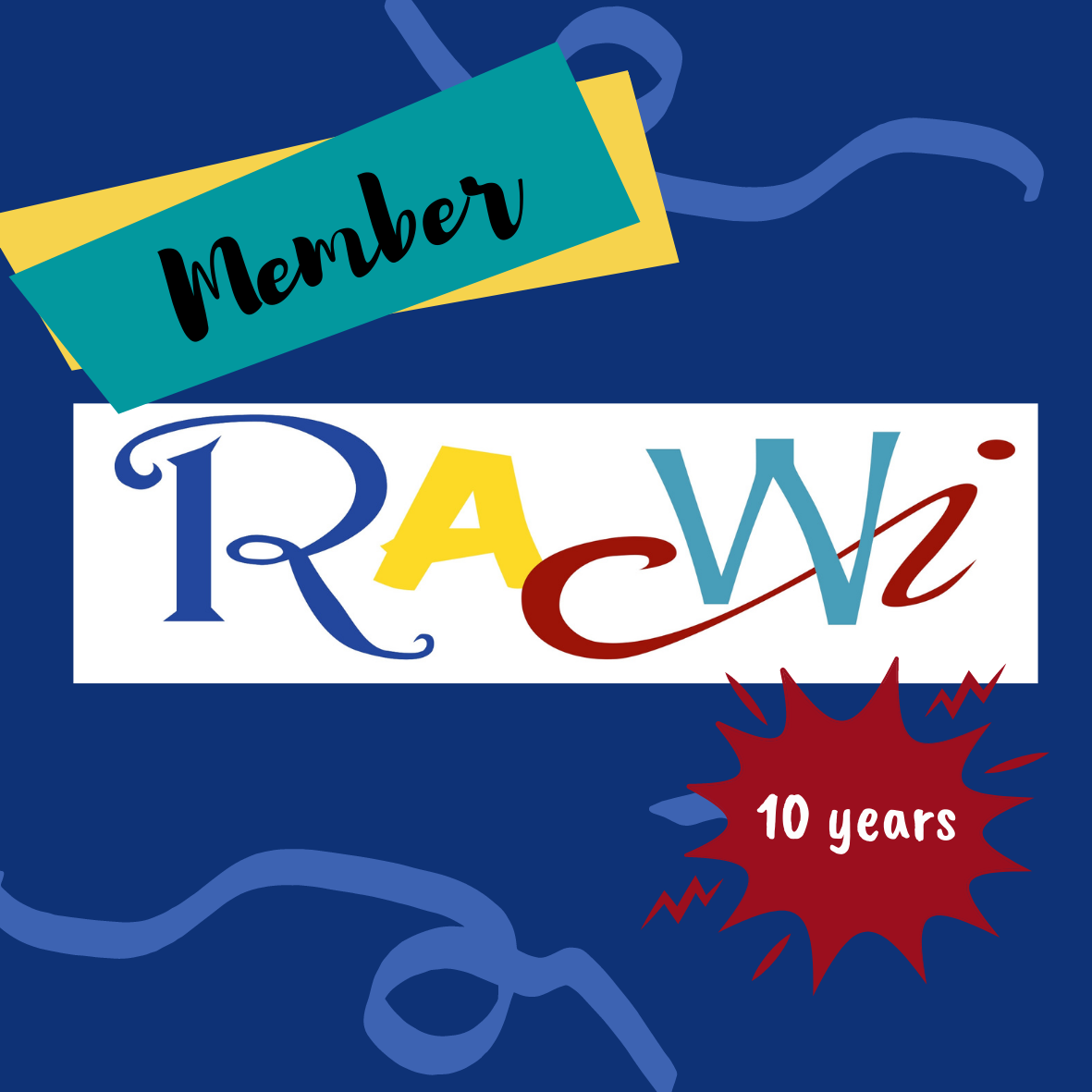More on the Peace League
In The Ordeal of the Longhouse, Daniel K. Richter described a wide band around Iroquoia, in which Europeans took control of the waters flowing away from the Five Nations, with at least one native group living between the Iroquois and the colonists. This was not the first but rather the end of indirect contacts going back to the 1480s when fishermen from Bristol found rich schools of cod in the Grand Banks of Newfoundland, and to the early voyages of John Cabot, Giovanni de Verrazano and Jacques Cartier along the East coast between 1497 and 1543.
Walter Edmunds wrote in The Musket and the Cross, that because of their strength, the Iroquois conquered their neighbors and controlled all Native nations from Lake Huron south to the Carolinas and west to the Mississippi in the hundred years before French Europeans arrived in Montreal and Quebec in 1535. Two centuries later the Five Nations became Six Nations when the Tuscarora were driven from North Carolina and returned to their ancestral lands west of Albany around 1712, William Brandon wrote in American Heritage Book of Indians,.
In Eighteenth Century Political Affairs and the Iroquois League, anthropologist Elizabeth J. Tooker wrote that the League evolved over time and its founding cannot be said to have happened on any one date, but that what matters is that it was founded to bring peace. Tooker wrote that before Europeans ever reached the heartland of Iroquoia, they had had contact with natives along the Atlantic coast for a century.
In a Wampum Chronicles article, A Sign in the Sky: Dating the League of the Haudenosaunee, Barbara A. Mann and Jerry Fields wrote that Native peace keepers said the Haudenosaunee League was ancient. Based on both Euro-and Native-American sources, the date of its creation was revised from partial eclipses in 1451 and 1536 to a sunny afternoon on Aug. 31, 1142, when a full eclipse of the sun cast a shadow from Onondaga to Ganondagan for three minutes. The eclipse got the attention of the Senecas who had resisted joining the League and convinced them to change their minds. Mohawk journalist Daniel Bonaparte started The Wampum Chronicles.
Historians Irene Beale in Genesee Valley Women and Emerson Klees in People of the Finger Lakes Region, wrote about laws introduced by Deganawida, Jigonsaseh and Ayonwartha. These laws gave authority and respect to women, who chose the council leaders. The laws introduced a new practice of exchanging wampum to replace revenge killing in which a murderer or an innocent relative was killed when someone was murdered. It was written with shells and beads into a wampum belt that is considered the earliest surviving record of a peace-based law. This alliance ended much of the feuding and cannibalism among the Five Nations, who believed that eating the flesh of a brave enemy would pass his courage on to them. It helped the Nations thrive. Historians consider the League the most evolved government north of Mexico. It was nearly invulnerable until the American Revolution.
My latest blog post. https://rokeefehistory.com/blog
#amreading; #RochesterNY; #DanielBonaparte; #AlvinJosephy; #IreneBeale; #EmersonKlees; #FiveNations; #PeaceLeague; #WalterEdmonds; #BarbaraAMann; #JerryMann; #WilliamBrandon;



